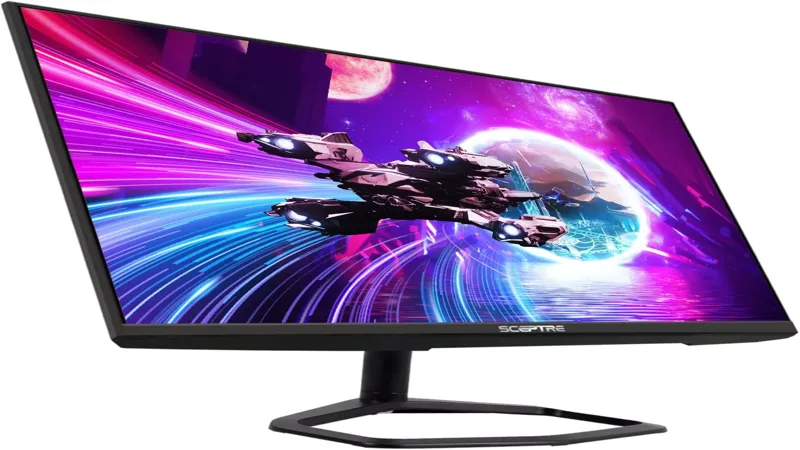In the ever-evolving world of gaming technology, the allure of high-refresh-rate monitors like the 240Hz models often tempts gamers seeking that competitive edge. However, as I recently discovered, the reality can sometimes fall short of expectations. After investing in a 240Hz 1440p monitor with hopes of elevating my gaming experience, I found myself grappling with unforeseen limitations. From my struggles to reach optimal frame rates to realizing the marginal differences compared to lower refresh rates, my journey sheds light on the complexities of monitor selection in today’s demanding gaming landscape.
| Category | Details |
|---|---|
| Monitor Model | LG 27GR83Q-B |
| Price Paid | $400 (including VAT and customs) |
| Old Monitor | 24-inch 144Hz 1080p IPS |
| New Monitor Specs | 27-inch 240Hz 1440p IPS |
| Gaming Performance | 100-120 FPS in Marvel Rivals, 70-90 FPS in Indiana Jones |
| Ideal Refresh Rate for 1440p | 180Hz (instead of 240Hz) |
| Conclusion on 240Hz | Not noticeably better than 144Hz for most gamers |
| Alternative Setup Consideration | Dual-monitor setup or ultrawide monitor |
| Future Monitor Trends | New models expected with better features and lower prices |
| Long-term Purchasing Strategy | Buy cheaper monitors more frequently for better value |
Understanding Refresh Rates
When it comes to gaming monitors, refresh rates play a crucial role in how smooth the game looks on your screen. Refresh rate, measured in hertz (Hz), indicates how many times per second the monitor updates the image. For instance, a 240Hz monitor refreshes the image 240 times a second, which sounds amazing! However, if your gaming rig can’t produce high frame rates, like 240 frames per second (FPS), you might not see much difference compared to a 144Hz monitor.
Many gamers often think that higher refresh rates automatically mean better performance. However, if your computer can only achieve 100-120 FPS in certain games, a 240Hz monitor won’t provide that much of an improvement. Instead, it might be smarter to invest in a monitor that matches your computer’s capabilities. This helps you get a better experience without spending extra money on features you can’t fully use.
Frequently Asked Questions
Is a 240Hz monitor worth the extra cost?
Not necessarily. For many gamers, a 144Hz monitor offers a similar experience at a lower price, especially if you can’t reach high frame rates in modern games.
What are the benefits of a 1440p 240Hz monitor?
While it can provide smoother visuals, achieving 240 FPS in most modern games requires high-end hardware, making it less effective for mid-range setups.
Can I notice the difference between 144Hz and 240Hz?
The difference is often subtle. Many players won’t perceive a significant change unless they are professional gamers or highly sensitive to frame rates.
What should I consider when buying a monitor?
Consider your gaming rig’s capabilities, the games you play, and whether you prioritize refresh rate or other features like HDR and resolution.
Is it better to have multiple monitors or a 240Hz monitor?
Multiple monitors can enhance productivity and gaming experiences more than a single high-refresh-rate monitor, especially for multitasking.
Are new monitor models worth waiting for?
Yes! Monitor technology is rapidly evolving, with better specs and lower prices frequently being released, so waiting for newer models can be beneficial.
What alternative features should I look for in a monitor?
Look for features like HDR, better color accuracy, and panel types that enhance your gaming experience, which may be more valuable than high refresh rates.
Summary
The article explores the author’s regret after purchasing a 240Hz monitor for gaming, which did not improve their experience as expected. They found that their mid-range PC struggled to achieve 240 FPS in modern games like Marvel Rivals, often only reaching around 100-120 FPS. The author suggests that a 144Hz or 180Hz monitor would have sufficed, saving them money. They also highlight that unless you’re a professional gamer, the difference between 144Hz and 240Hz is minimal. Additionally, they reflect on missed opportunities for a multi-monitor setup or a better HDR display, emphasizing the need to consider value and future upgrades in monitor purchases.
